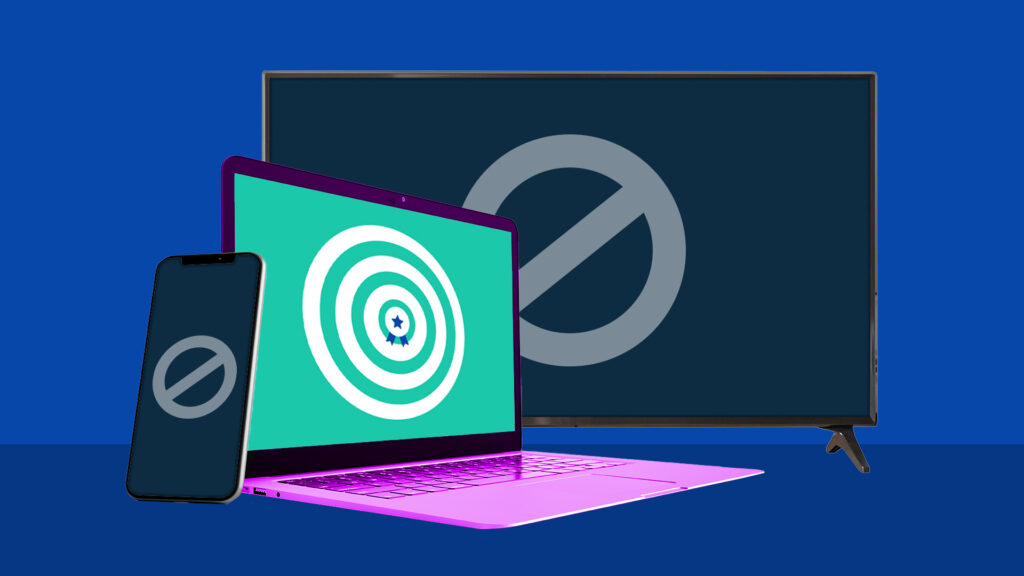The Importance of Conversion Attribution
Understanding Conversion Attribution in Digital Campaigns
Conversion attribution is a critical process in digital advertising that assigns credit for conversions to specific touchpoints in the customer journey. It helps marketers identify which campaigns or interactions drive results, enabling better optimization of resources and strategies. By analyzing user behavior, advertisers can refine their approaches to maximize ROI.
Types of Conversion Pixels
Post-View, Post-Click, and Hybrid Pixels Explained
Conversion attribution relies on different types of pixels: post-view, post-click, and hybrid pixels. Post-view pixels track conversions after users view an ad, while post-click pixels focus on actions taken after clicking an ad. Hybrid pixels combine both methods, offering a comprehensive view of user interactions. Choosing the right pixel type depends on campaign goals and audience behavior.
The Role of Lookback Windows
How Lookback Windows Impact Attribution Accuracy
A lookback window determines how far back in time advertisers can associate a user’s interaction with a conversion. This timeframe is set by the advertiser and varies depending on the campaign type. Proper configuration ensures accurate attribution by capturing relevant user interactions within the specified period.
Steps in Conversion Attribution
From Pixel Activation to Attribution Analysis
The process begins when a user’s browser loads the conversion landing page, triggering the pixel. If associated with an active contract and line item, the system checks for stored cookies to attribute conversions. Unattributed conversions occur if cookies or relevant data are missing, emphasizing the importance of proper tracking mechanisms.
Optimizing Campaigns with Attribution Insights
Leveraging Data for Smarter Marketing Decisions
Attribution data provides valuable insights into campaign performance, highlighting which touchpoints drive conversions. Marketers can use this information to allocate budgets effectively, prioritize high-performing channels, and refine strategies for better results.

